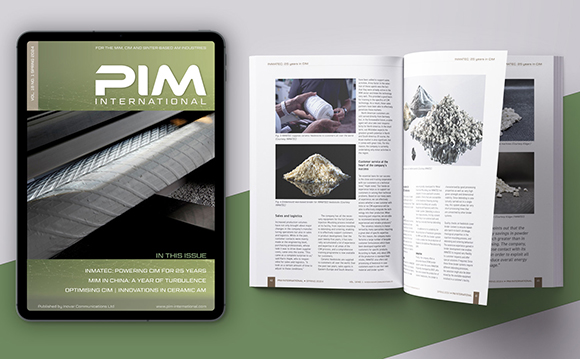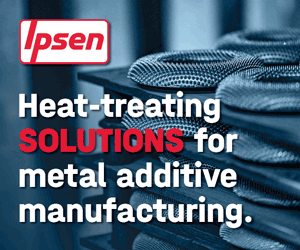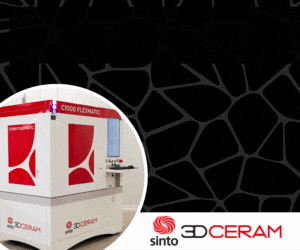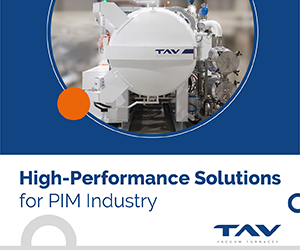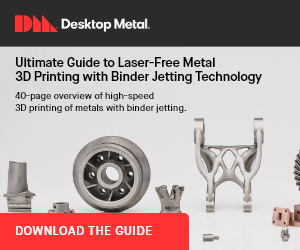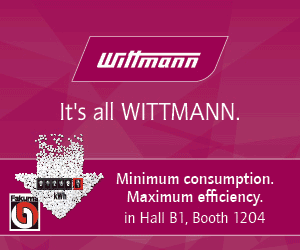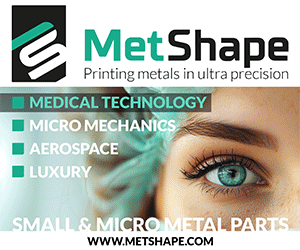Mikrotechnik Hirt and Wittmann Battenfeld develop 6-axis cell for MIM micro parts
July 20, 2017
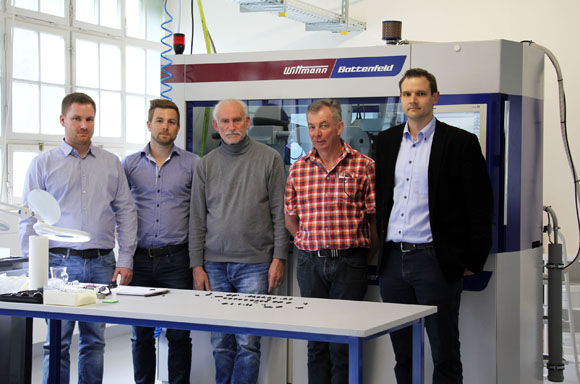
Franz Hirt, MTH, Wolfgang Straubinger and Martin Philipp-Pichler, Wittmann Battenfeld, in front of the MicroPower 15/10 (Courtesy Wittman Battenfeld)
Mikrotechnik HIRT (MTH), Schramberg, Germany, is becoming increasingly well established as a specialist in small components, micro parts and hybrid parts by injection moulding. To produce these parts, which are primarily made from metal or plastic, the company works closely with Wittmann Battenfeld, a leader in the manufacture of injection moulding machines, robots and peripheral equipment.
Most recently, the two companies collaborated on the installation of a MicroPower 15/10 machine from Wittmann Battenfeld with 150 kN clamping force and designed specifically for the production of micro parts by plastic and Metal Injection Moulding (MIM). MTH and Wittmann Battenfeld worked together to develop the machine, originally a 5-axis injection moulding machine, into a 6-axis production cell. According to MTH, this modification has enabled parts with unscrewing functions, helical micro cogwheels and shafts with complex profiles to be manufactured to the highest precision on one machine.
The machine features a two-step screw-and-plunger injection unit with shot volumes ranging from 0.05-4 cm3. A thermally homogenous melt is injected via this system, enabling the production of high-quality parts with an extremely stable manufacturing process and short cycle times.
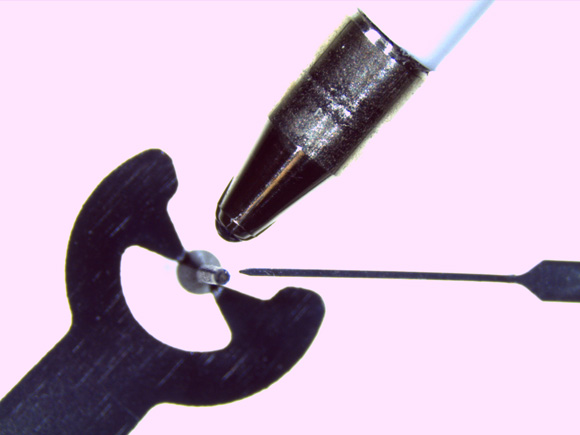
Drain tube compared with other objects to illustrate its size (Courtesy Microtechnik Hirt)
Following mould opening, the cavity element inside the mould is driven by a toothed belt that has been installed on the side of the mould to release the moulded part for ejection. The ejector then demoulds the part using a servo-electric drive, ready for a new cycle to begin as soon as the contour element is returned to its original position.
The unscrewing unit’s operation is integrated entirely into the machine’s UNILOG B6 control system, making it very easy for the user to address any conceivable unscrewing position with high precision. This makes it possible, for example, to drive thread cores inside the mould in order to produce high-precision internal threads.
Franz Hirt, owner and manager of MTH, has over forty years of injection moulding and stamping experience and designs Microtechnik’s moulds in-house.
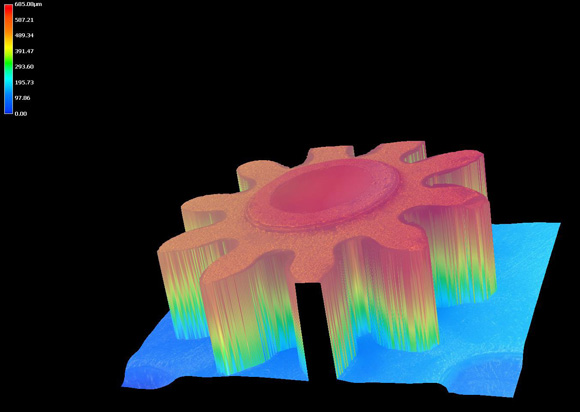
3D scan of a micro component (Courtesy Mikrotechnik HIRT)
Hirt’s mould components have to be produced to a precision of +/- 5 µm, presenting a challenge in terms of manufacturing. According to Hirt, only few mould manufacturers are able to fulfil the stringent requirements imposed by his designs, with each of the suppliers selected using 100 µm tools for cutting. Even when suppliers are able to meet MTH’s requirements, the initial success rate for new moulds is reported to be no more than 70%.
As a result of the stringent part specifications, the manufacture of the parts developed at MTH is only possible with the certain injection moulding machines and the company believes that it has found a perfect partner through its collaboration with Wittmann Battenfeld. The company is now working on the development of micro thermoset processing in collaboration with a number of educational institutes and technology centres.
MTH has stated that it is on a course of expansion and will continue to develop as a specialist in its field through the development of projects in injection moulding, including Metal Injection Moulding, which will provide micro parts for a number of industries.
The continuing trend toward miniaturisation and nanotechnology suggests that the market for micro parts will continue to grow, especially in the medical, electronic, communications, satellite and automotive markets.




